Design Notebook: First Impressions of Rodeo Dunes
Plus: a potential muni makeover in Wisconsin and more good news for Aiken golfers


Hi there, Fried Egg Golf Club faithful, and welcome back to Design Notebook, your monthly update on what’s happening in golf architecture.
This edition, you may have noted, is arriving a bit earlier in the month than usual. That’s because my Fried Egg Golf colleague Matt Rouches and I are about to pack up and head off to England with 16 FEGC members. Here’s our itinerary:
Sunday, October 19: Huntercombe Golf Club
Monday, October 20: Sunningdale Golf Club (Old and New)
Tuesday, October 21: Royal St. George’s Golf Club
Wednesday, October 22: Prince’s Golf Club (Shore and Himalayas) and Royal Cinque Ports Golf Club
Thursday, October 23: St. George’s Hill Golf Club
Friday, October 24: Woking Golf Club
Can’t wait! We’ll report back with our thoughts once we’ve returned to the States.
All right, let’s get down to business. In this week’s DN, Matt files a dispatch from his preview visit to the inaugural course at new Dream Golf resort Rodeo Dunes. After that, I add some thoughts on a proposed redesign of a lakeside muni in Wisconsin and a soon-to-be-built destination club in Aiken (yes, another one of those).
First Rodeo
It’s no secret: Bill Coore and Ben Crenshaw are incredibly good at their jobs. Their patience and attention to detail have been the keys to their success in building some of the most naturalistic and thought-provoking golf courses of the modern era.
It all starts with scheduling. Coore & Crenshaw only commit themselves to a few projects a year. This way, they can focus on each project and piece of land individually. In addition, they never rush any part of the design and construction process. Famously, at Sand Hills Golf Club, they took over two years just to nail down the 18-hole routing. Even then, they worried that they hadn’t found the best possible use of the incredible canvas Dick Youngscap had provided them.
Ever since that pathbreaking project in the mid-1990s, Coore & Crenshaw have stayed remarkably true to their process. But at Rodeo Dunes, the new Dream Golf resort 50 miles northeast of Denver, Colorado, they were asked to tweak their recipe slightly. They still exhibited extreme patience in the design phase, taking more than a year to familiarize themselves with the property and finalize the layout. This time, however, Dream Golf’s Michael Keiser asked them to intentionally “be more messy.”
{{design-notebook-rodeo-dunes-landscape-gallery}}
Last week, I attended a kick-off event at Rodeo Dunes where founding members and media got to preview an 11-hole loop. I’m happy to report that Coore & Crenshaw have created an instant classic in rugged, windswept dunes similar to those at Ballyneal and in the Sandhills of Nebraska. I was struck, however, by the course’s ruggedness—presumably a result of Bill and Ben’s effort toward “messiness.” This is a departure from the duo’s customary perfection in melding their holes with the preexisting landscape.
Rodeo Dunes’ property, with its sharp landforms, resembles a craggy Irish dunescape. Instead of smoothing these contours into a blend of artificial and natural, Coore & Crenshaw appear to have taken a blunter approach, cutting greens, tees, and fairways into the dunes themselves. This method creates sharp slopes where the maintained turf meets the native grasses.
A good example of this style can be found on the volcano-like par-3 second hole. The green sits in a sunken cavity on top of a large dune. It’s like the Toy Story aliens used their giant claw to grab a scoop of sand from the dune and then fashioned a green inside of it. What makes this approach work here is that the hole still manages to look just as natural and “found” as Coore & Crenshaw’s designs at Sand Hills, Bandon Trails, and Sand Valley. It’s less “perfect” but equally natural.
{{design-notebook-rodeo-dunes-second-hole-gallery}}
While this may be a subtle distinction that most golfers won’t care about, it's exciting for golf architecture enthusiasts like you and me. A lot of Coore & Crenshaw designs look and feel similar to each other, with bunkers and greens blended into the landscape using a set of techniques that the firm has perfected over the past three decades. Rodeo Dunes potentially signals a new direction for the aging design duo—rougher and less refined, but no less impressive.
{{design-notebook-rodeo-dunes-styles}}
Michael Keiser and his brother Chris deserve a lot of credit for pushing Coore & Crenshaw to change their habits and respond to the landscape in a different way at Rodeo Dunes. I’m excited to see the Keiser brothers with different architects as they build out the resort, with the potential for up to six courses on land that is close to perfect for golf. I’m sure they will push the envelope with new concepts, given that this isn’t their first rodeo.
Feel free to fire off questions about the new Coore & Crenshaw course or the resort in general in the comment section below. Happy to share more about my experiences there. -Matt Rouches
Shoop-a-Doop
In other Keiser-family news, Michael and Chris Keiser are part of a group hoping to transform Shoop Park Golf Course, a municipal nine-holer in Racine, Wisconsin. Perched on a bluff above Lake Michigan near the historically significant Wind Point lighthouse, Shoop Park offers striking views, but the course itself has never quite matched the splendor of its setting. The Keisers—along with Racine-area locals Craig Leipold, owner of the NHL’s Minnesota Wild, and his wife Helen Leipold-Johnson, scion of the S.C. Johnson dynasty—have proposed a soup-to-nuts redesign. Their initial plan involves expanding Shoop Park into a 12-hole links-style course (architect not yet announced), relocating the parking lot and clubhouse to the opposite end of the site, creating a dog-walking path along the shoreline, and establishing a summer caddie program for local kids.
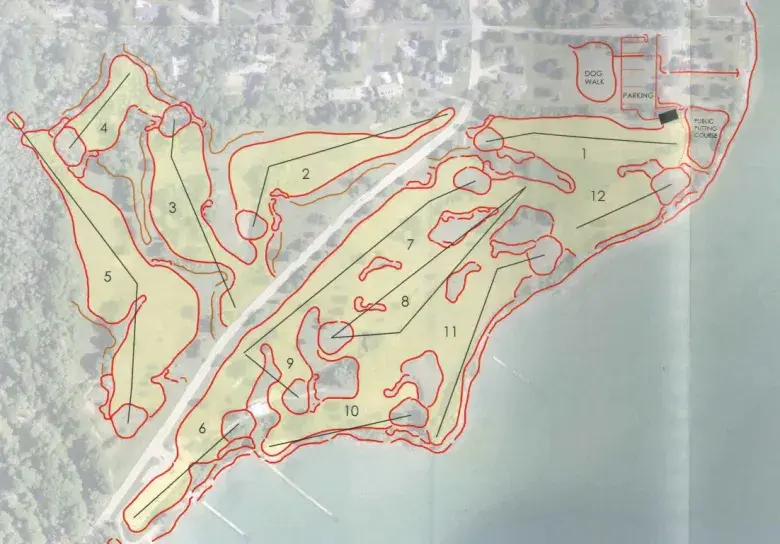
As the Racine County Eye reported last Wednesday, the Racine Common Council okayed the initial agreement with the Keisers and the Leipolds in January, but the project still needs to break through a lot of red tape. Although owned by the city of Racine, Shoop Park is located in the village of Wind Point. Any changes to the course will require approvals from both municipalities, as well as government agencies like the Department of Natural Resources and the Army Corps of Engineers. A public information meeting about the Shoop Park plan was held in Wind Point this week.
Michael Keiser has experience with this kind of muni redo. Back in the early 2020s, he spearheaded a redesign of Glen Golf Park in Madison, Wisconsin. I enjoyed the end product of that project very much. From the looks of it, though, the proposed work at Shoop Park is markedly more ambitious and may meet some political and bureaucratic pushback as a result.
Anotha One (Aiken Mix)
In the 37th post of a Golf Club Atlas thread (what better place to make news?), Jeff Warne, the director of golf at The Bridge on Long Island, announced he is developing a new golf club in Aiken County, South Carolina. Brian Schneider—the co-architect of Old Barnwell, also in the Aiken area—will design the course, and Kyle Harris, until recently the superintendent of the Red and Blue courses at Streamsong Resort, will serve as project manager and superintendent. Tentative name: New Holland Golf Club.
Warne’s “aggressive goal” is to begin construction in the late winter or early spring of 2026. During this time, Schneider will also be working on The Gilroy, his and Blake Conant’s second 18-hole design at nearby Old Barnwell. Warne hopes the proximity of New Holland and Old Barnwell will allow Schneider and his crew “the synergy to work on two projects simultaneously.”
The small city of Aiken—located 30 minutes east of Augusta, Georgia, and an hour southwest of Columbia, South Carolina—has become a hotspot for cutting-edge golf course design over the past few years. Old Barnwell and The Tree Farm, both in eastern Aiken County, opened in 2023, and construction is underway at 21 Golf Club in the farmtown of Jackson. Golf developers like this area for its relatively cheap land, good soils, and easy access to one of the game’s epicenters in Augusta.
Can Aiken County sustain yet another rural golf club aimed at purists? Oddly enough, I think so. Old Barnwell and The Tree Farm have not had trouble attracting members from post-Covid boom cities like Columbia, Charleston, Charlotte, and Savannah, and both do big business on and around Masters week. The model works. So while Aiken is a modest-sized town, there’s every reason to believe that it will continue growing as a hub of destination golf in the Southeast.
Chocolate Drops
→ The Tri-City Herald reveals that David McLay Kidd may soon build a new public course outside of Pasco, Washington. A local development group is seeking a special-use permit to start transforming a 300-acre site on the banks of the Snake River into a golf facility featuring an 18-hole design by Kidd, a restaurant and bar, home sites, and potentially resort accommodations. Pending approval, the developers expect to break ground this fall and open within two years. (An ambitious timeline, I’ll say.) They also hope to help improve and reopen neighboring Levey Park, which closed earlier this year because of federal budget cuts.
→ Dave Zinkand has completed The Reversible, a short course at Ohio’s Medina Country Club featuring two nine-hole looks that can be played in opposite directions. “The land has just enough movement to make it ideal for reversible golf,” said Zinkand. “It allowed us to be bold and offer plenty of challenges for players who are eager to embrace risk in pursuit of a big reward, while also possessing a subtlety that invites beginners to identify more conservative avenues to the hole.” I wrote more about this intriguing project in a February 2024 edition of DN.
→ Some sneaky-good TV viewing this week: the PGA Tour’s Baycurrent Classic in Japan will be held at Yokohama Country Club, renovated by Coore & Crenshaw in 2015. I’ve heard it’s a very cool course.
A Course We Photographed Recently
Westhampton Country Club (Westhampton Beach, NY)—designed by Seth Raynor in 1915, restored by Gil Hanse in 2009
{{design-notebook-westhampton-gallery}}
Underlined and Starred
“Designing and constructing a golf course is an evolutionary process. It is a process of starting with an idea, a concept, and then adapting to the changes that occur to that concept in the field…. For too long now, the myth has been perpetuated that the architect of record does all the design of a golf course. With all due respect to the people in my profession, many of whom are extraordinarily talented, let me state emphatically that is not the case. The all-encompassing ‘I’ in this business does not exist. We, the architects, are merely a piece of the puzzle that must be assembled to create a golf course.” -Bill Coore
Leave a comment or start a discussion
Engage in our content with thousands of other Fried Egg Golf Club Members
Engage in our content with thousands of other Fried Egg Golf Members
Get full access to exclusive benefits from Fried Egg Golf
- Member-only content
- Community discussions forums
- Member-only experiences and early access to events









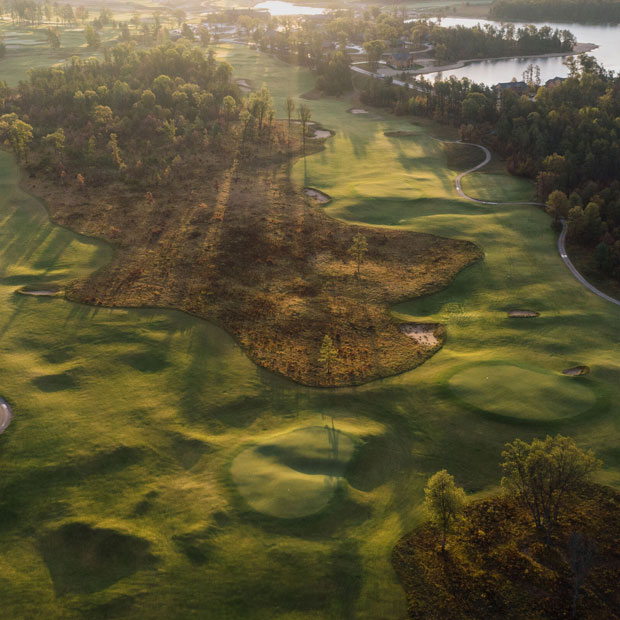

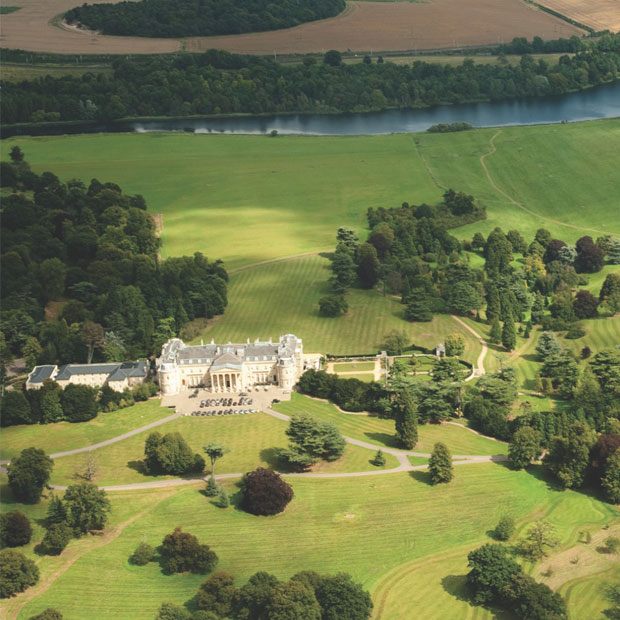
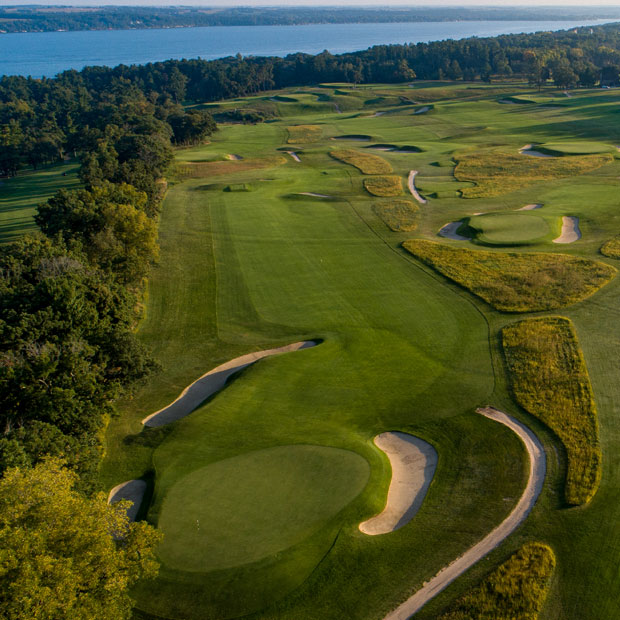
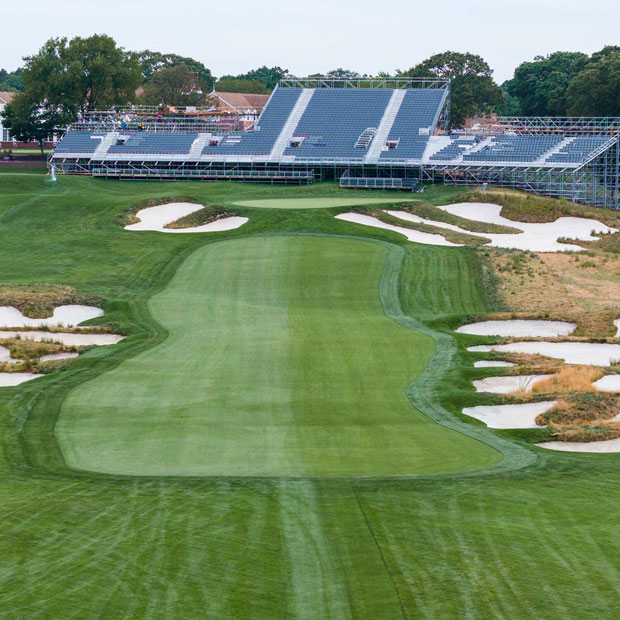
Leave a comment or start a discussion
Lorem ipsum dolor sit amet, consectetur adipiscing elit. Suspendisse varius enim in eros elementum tristique. Duis cursus, mi quis viverra ornare, eros dolor interdum nulla, ut commodo diam libero vitae erat. Aenean faucibus nibh et justo cursus id rutrum lorem imperdiet. Nunc ut sem vitae risus tristique posuere. uis cursus, mi quis viverra ornare, eros dolor interdum nulla, ut commodo diam libero vitae erat. Aenean faucibus nibh et justo cursus id rutrum lorem imperdiet. Nunc ut sem vitae risus tristique posuere.